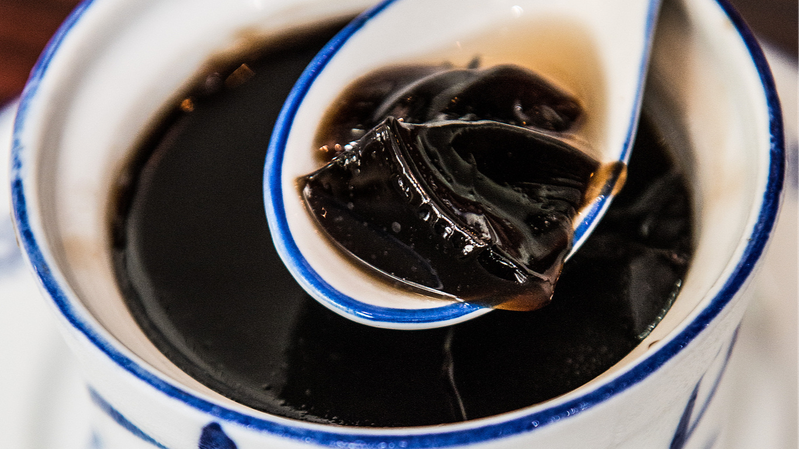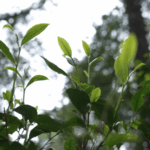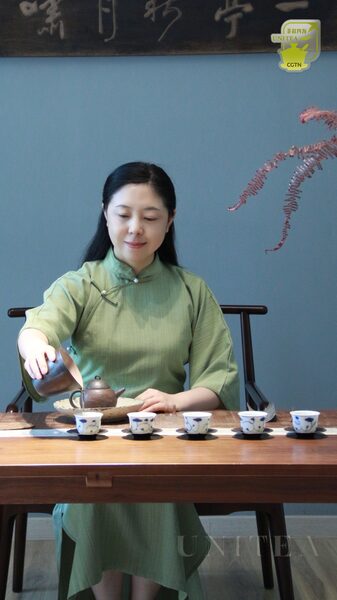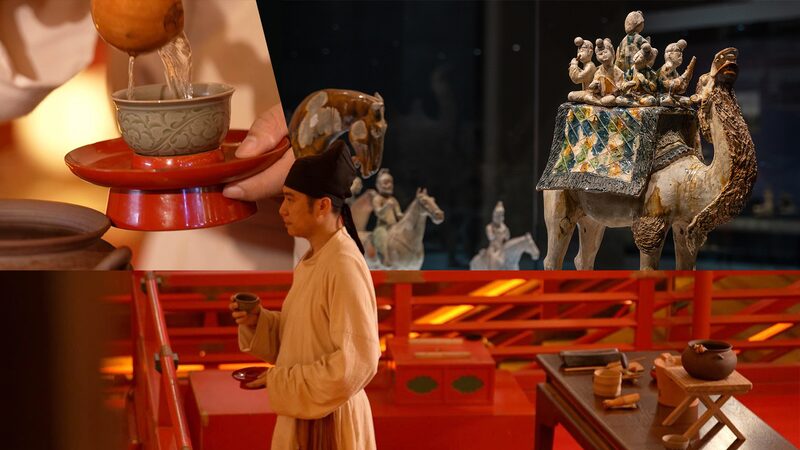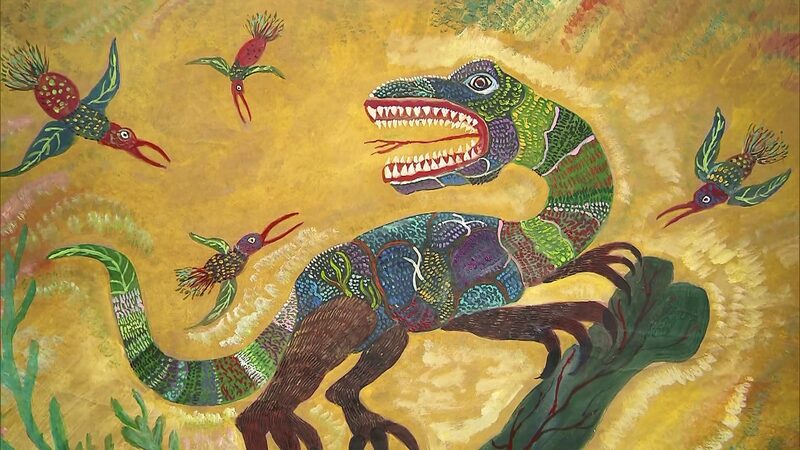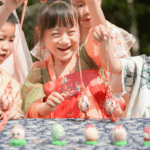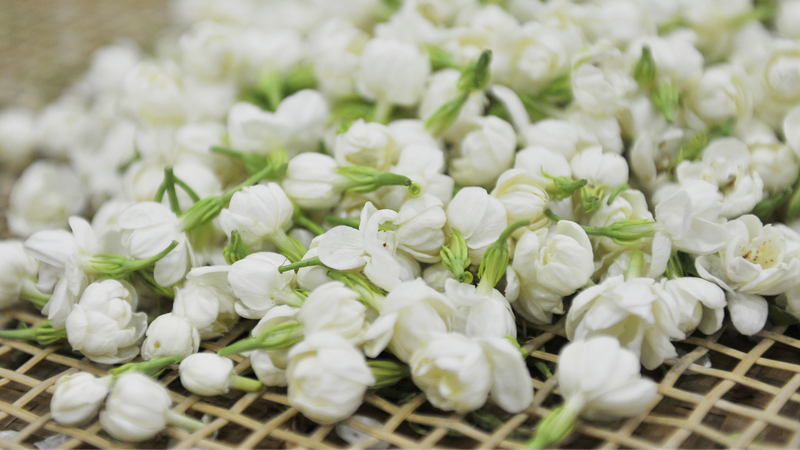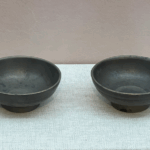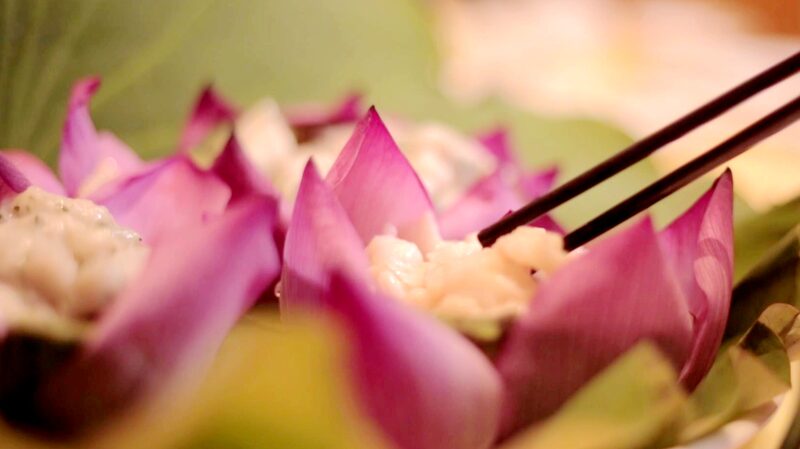As temperatures soar across Asia, China welcomes Dashu – the 'Major Heat' solar term – with time-honored customs that blend practical wisdom with cultural heritage. Falling between July 22-24, this pivotal moment in the traditional lunar calendar marks the year's most intense heat period, characterized by sweltering humidity and dramatic thunderstorms.
From Fujian's lychee festivals celebrating the fruit's 'cooling' properties to Guangdong's herbal tea rituals, regional traditions reveal ancient strategies for thriving in extreme weather. 'The philosophy of balancing body and environment remains central,' explains Beijing cultural historian Dr. Wei Lin. 'Communities prepare cooling foods like grass jelly and lotus root dishes while observing weather patterns crucial for agricultural planning.'
Modern urban centers maintain these traditions through seasonal culinary offerings, with Shanghai residents queuing for winter melon soup and Chongqing markets overflowing with fresh bitter melon. The period also sparks increased cultural tourism, as visitors explore ancient mountain retreats and water-based festivals developed over centuries to beat the heat.
For business observers, the solar term influences consumer behavior patterns, from spikes in air conditioner sales to traditional Chinese medicine product demand. Environmental researchers note renewed interest in ancient climate adaptation methods as cities combat urban heat islands.
Reference(s):
cgtn.com
